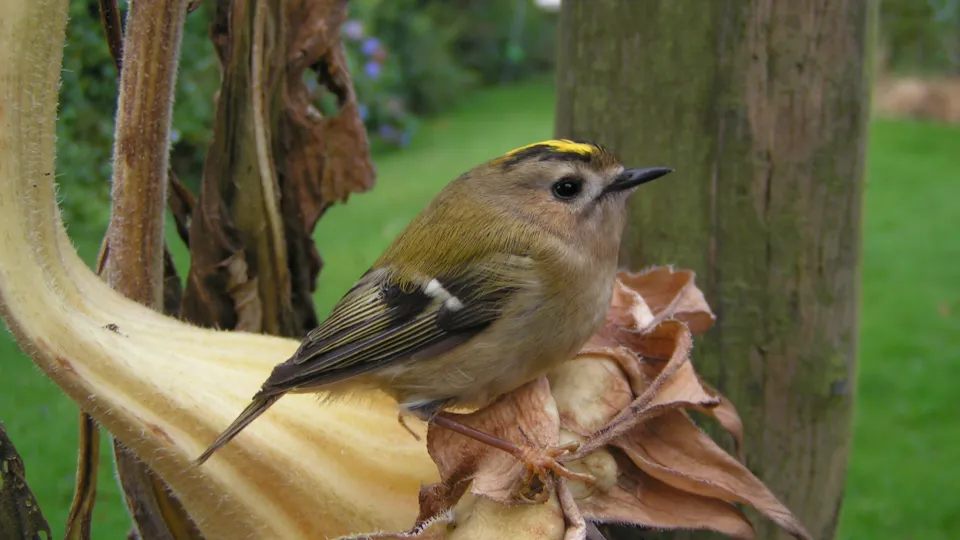
Goldcrest
A king among birds, the goldcrest displays a beautiful golden crown. Our smallest bird, it can be spotted in conifer woodlands and parks across the UK.

A king among birds, the goldcrest displays a beautiful golden crown. Our smallest bird, it can be spotted in conifer woodlands and parks across the UK.
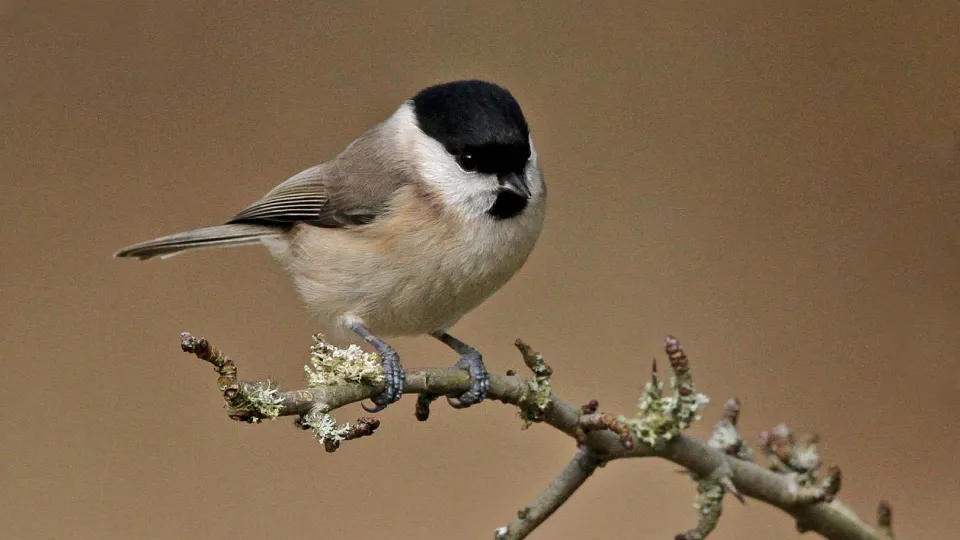
Despite its name, the marsh tit actually lives in woodland and parks in England and Wales. It is very similar to the willow tit, but has a glossier black cap and a 'pitchoo' call that sounds like a sneeze!
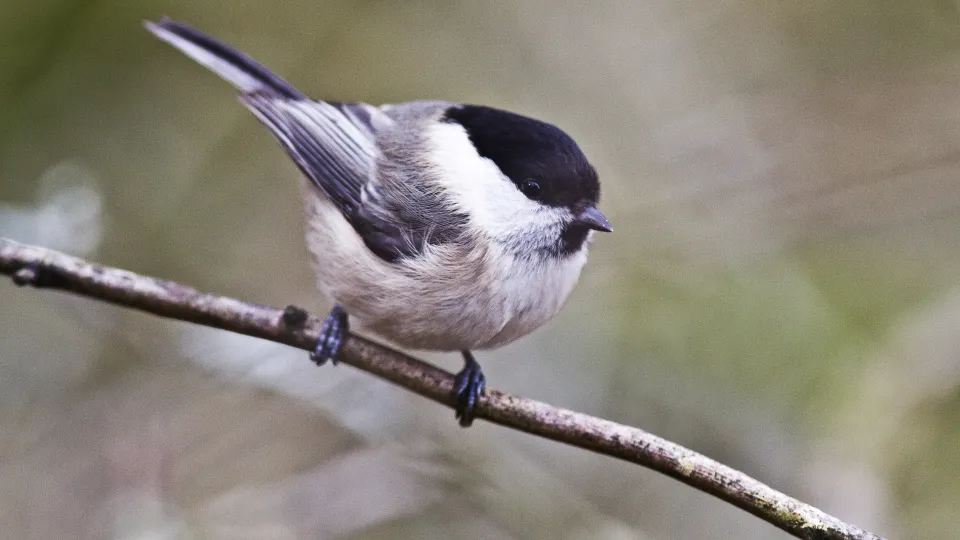
The willow tit lives in wet woodland and willow carr in England, Wales and southern Scotland. It is very similar to the marsh tit, but has a distinctive pale panel on its wings.
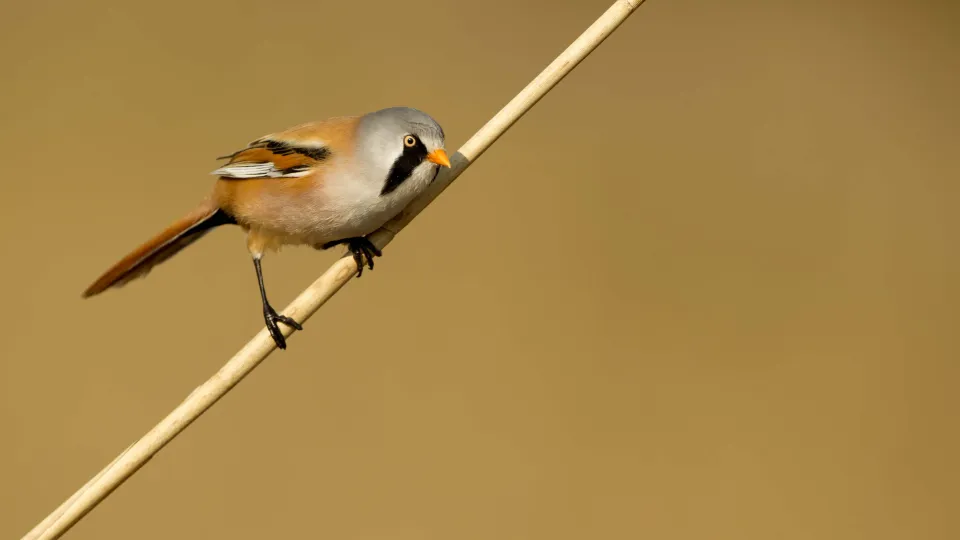
The bearded tit is an unmistakable cinnamon-coloured bird of reedbeds in the south, east and north-west of England. Males actually sport a black 'moustache', rather than a beard!
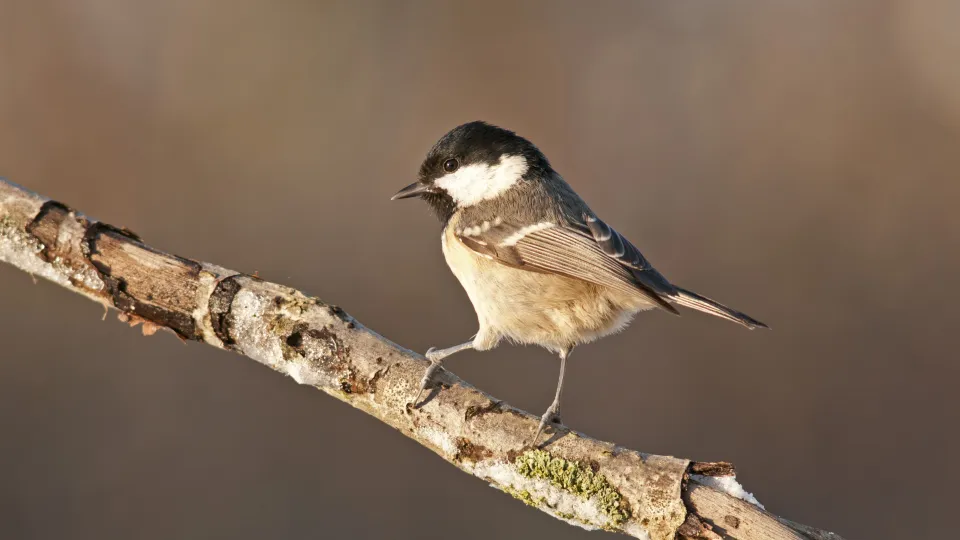
The coal tit is mainly found in coniferous woodland, but can also be spotted in gardens and parks. It is smaller than the great tit, but has a similar bicycle pump-like song.
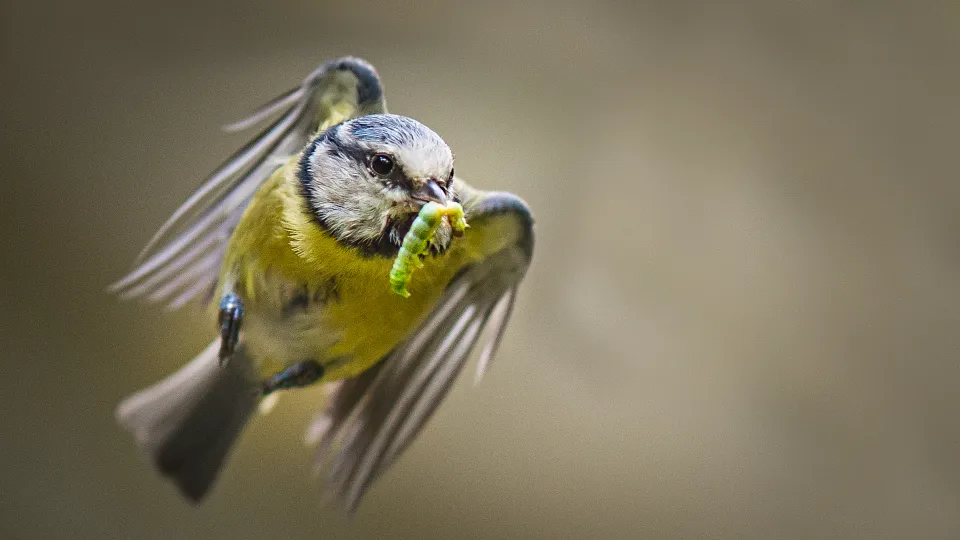
A familiar garden bird, the blue tit can be seen around bird tables and feeders, as well as in woodlands and parks. Listen out for its trilling, 'tsee-tsee-tsee' song. It is smaller than the great tit.
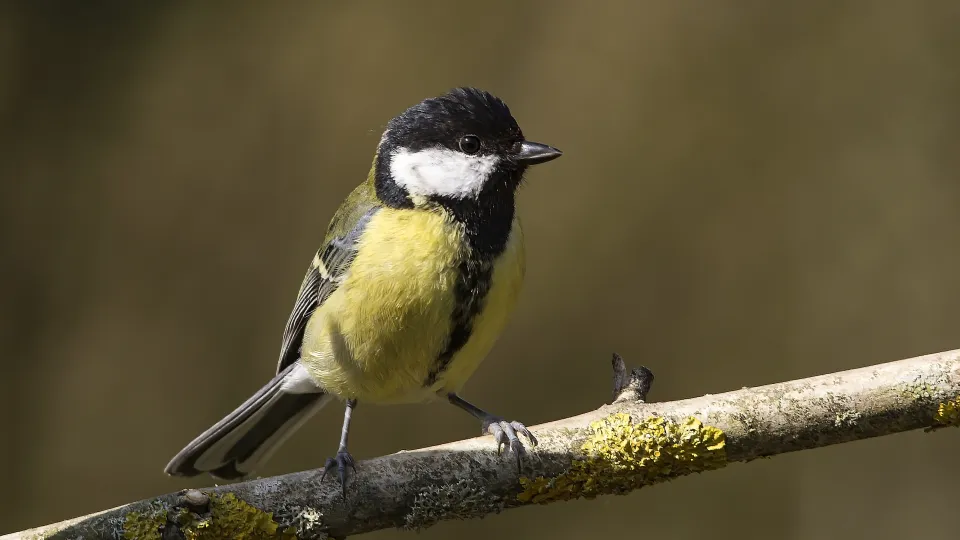
A familiar garden bird, the great tit can be seen around bird tables and feeders, as well as in woodlands and parks. Listen out for its shrill song that sounds just like a bicycle pump being used!
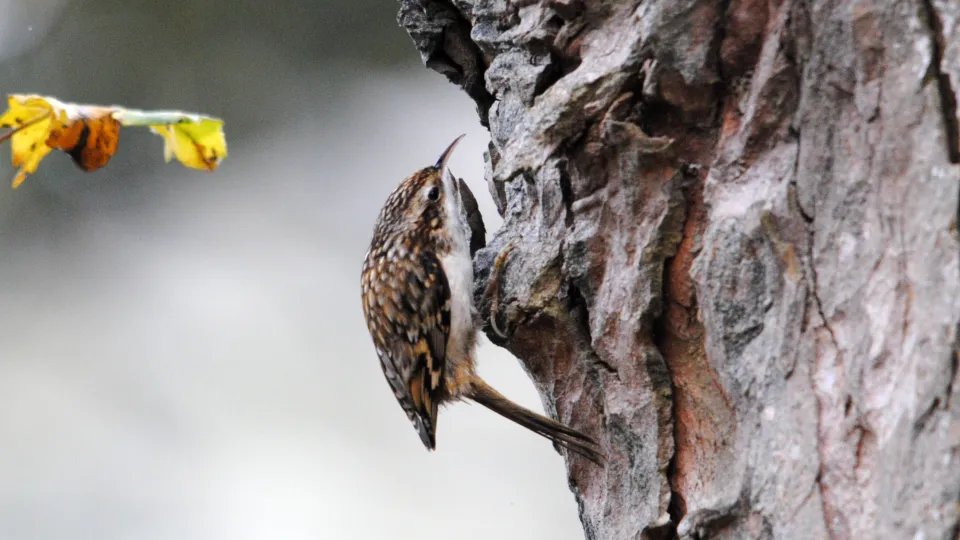
The fine, downcurved bill of the treecreeper makes this tit-sized bird unmistakeable. Look out for it in woodlands and parks, literally 'creeping' around tree trunks.
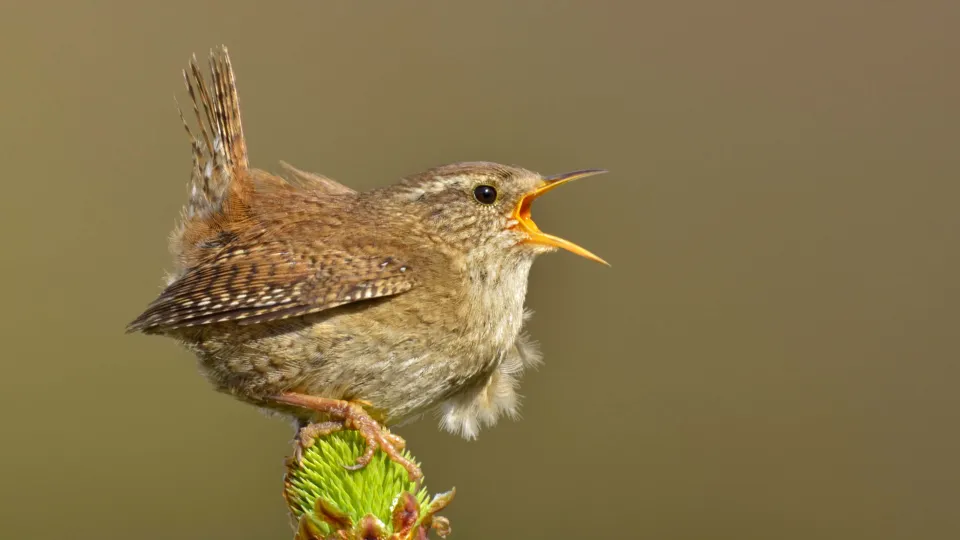
The tiny wren, with its typically cocked tail, is a welcome and common visitor to gardens across town and countryside. It builds its domed nests in sheltered bushes and rock crevices.

The starling is a familiar garden visitor that has a beautiful purple-and-green sheen to its black feathers. It is famous for its wintry aerial displays - massive flocks can be seen wheeling over our towns and farmland.